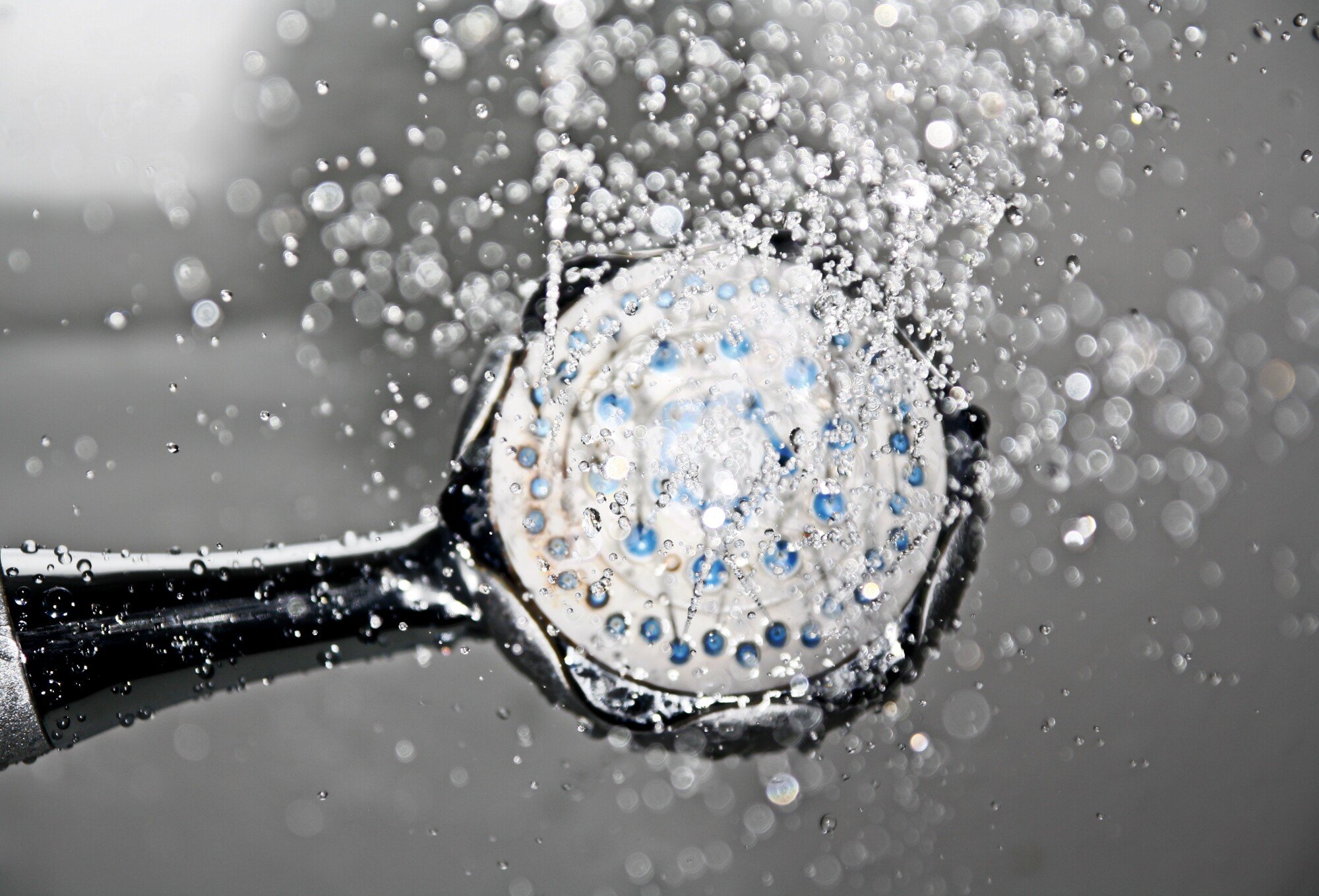Are you facing a home infestation of those pesky termites?
Termites in ceiling cause close to a billion worth of damage to homes each year. They can creep into your home even if you live nowhere near any woodlands. If you’ve found termite damage in your home, you need to act fast.
Read on to find out everything you need to know about how to get rid of termites and how to deal with termite damage.
Start with an Inspection of the Site
Starting with an inspection is essential to identify and contain any termite infestation in the ceiling properly. Before any remedial measures are used, an experienced termite inspector should be employed to inspect the entire area, including the ceiling space, thoroughly.
The inspector should be able to provide a detailed report of the size and scope of the infestation and will advise whether or not it is necessary to undertake dry wood and subterranean treatments.
Using Baiting Stations to Control Termites
Once the infestation is identified, baiting stations should be placed in strategic locations as per the manufacturer’s instructions. The holes around the eaves of a house can be penetrated with a rod or tool, and the stations installed.
After the stations have been set up, a slow-acting bait, such as hexaflumuron, should be placed in the stations. This bait is a growth regulator, meaning it is designed to prevent the termites from maturing, which is necessary for the colony to survive.
Selecting the Best Termiticides for Your Situation
When you’re dealing with termites in the ceiling, selecting the best termiticides for your situation is essential. Begin by getting an inspection (they can be free!) to make sure that the infestation is actually termites and not some other pest.
Depending on the extent of the infestation, you will need to select a termiticide or bait system for the area. When selecting termiticides, look for products that contain low concentrations of active ingredients and ones that will not pose risks to your indoor air quality.
Making Repairs to Damaged Ceiling Components
It is important to make sure the treatment used is adequate to prevent re-infestation. Inspect any damaged ceiling components for droppings or mud tubes prior to repairs. Eliminate food sources like wood, cardboard, and dirt before beginning repairs.
Remove any affected debris to prevent further spread of the termite infestation. Ensure that all affected areas are completely void of wood and debris before patching or repairing any damaged components.
Preventing New Infestations with Regular Maintenance
Termites cause significant structural damage to the ceilings in a home and should be addressed as soon as possible. Prevention is key to avoiding costly repairs and replacing ceilings due to termites.
Inspecting the ceiling for signs of termite activity is essential for early detection of any possible damages they cause. Keep a close eye on any existing woodwork or furniture present and watch for signs such as mud tunnels or frass. See these pest control services to help you with the regular maintenance of your home.
Learn How to Deal Termites in Ceiling
To ensure you properly deal with termites in ceiling, regularly inspect the beams and affected areas. Immediately contact a professional pest control operator to remove them.
The key to the safe and quick removal of termites is to take immediate action, so take a proactive approach to prevent problems from occurring in the future.
Did you find this article helpful? Check out the rest of our blog for more!



